How Many Grams of Yarn Equals How Many Yards?
Is trying to convert grams of yarn to yards even possible? If you have 100g of yarn, how many yards is that?
When you are preparing to begin a project do you calculate how much yarn you will need beforehand? Making sure you have enough yarn is a crucial first step before starting your new crochet or knitting projects.
In the US we measure yarn by the yard or ounce (oz). In other parts of the world they use grams and meters to measure yarn.
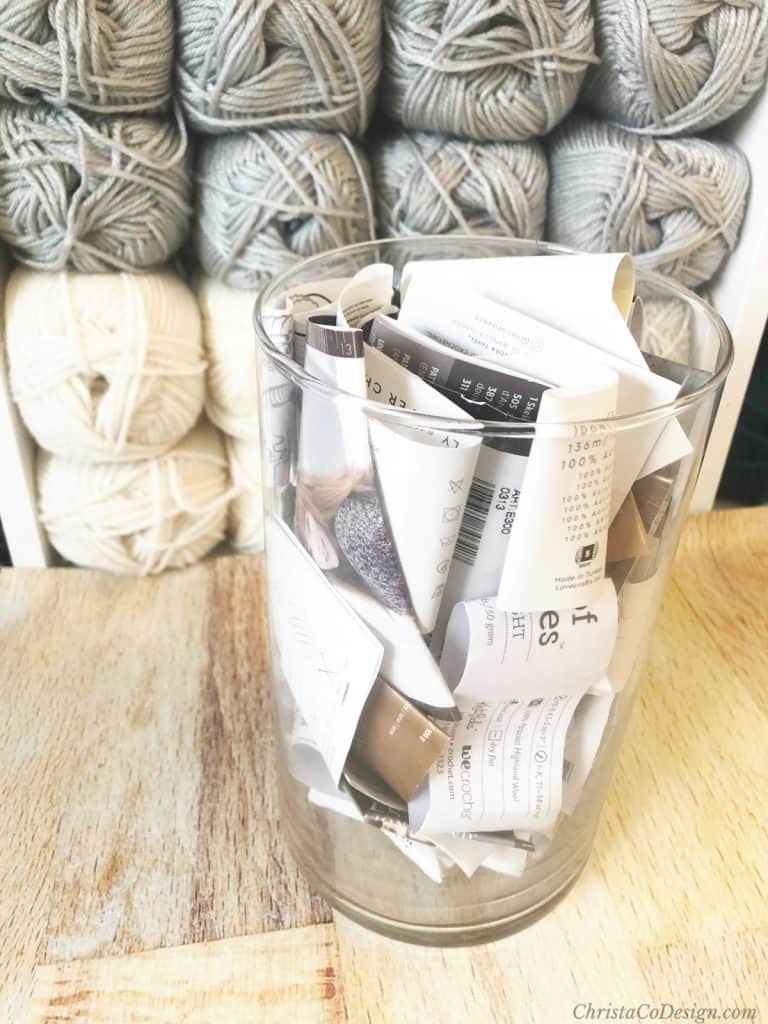
This post contains affiliate links, I may earn a fee. Read more disclosure policy.
You Can Purchase My Ad-Free PDF Patterns Here:
The pattern you are working will tell you how much yarn you need for your project. Most patterns list this under a section titled “Supplies” or “Materials.”
Some patterns will give you the information in balls or skeins of yarn, e.g. 6 balls of #3 DK yarn. Others will give you the amount of yarn in yards, or meters, e.g. 1450 yd / 1326 m of #3 DK yarn. And some will give you both.
In the Bouquet of Flowers CAL from Sunflower Cottage Crochet she lists the type and brand of yarn, how much each skein is in yards and the total amounts used for this blanket pattern.

Yarn Measurement Abbreviations
g = grams
oz = ounces
m = meters
yd = yards
Grams and ounces are used to measure the weight of a ball of yarn.
Meters and yards are used to measure the length of a ball of yarn.
01
Get our free printable
With 25 of our best handmade gift tags
This ebook includes our top 25 reader favorite gift tags and labels that you are sure to enjoy as well! Enter your email below to download our beautiful handmade tags!
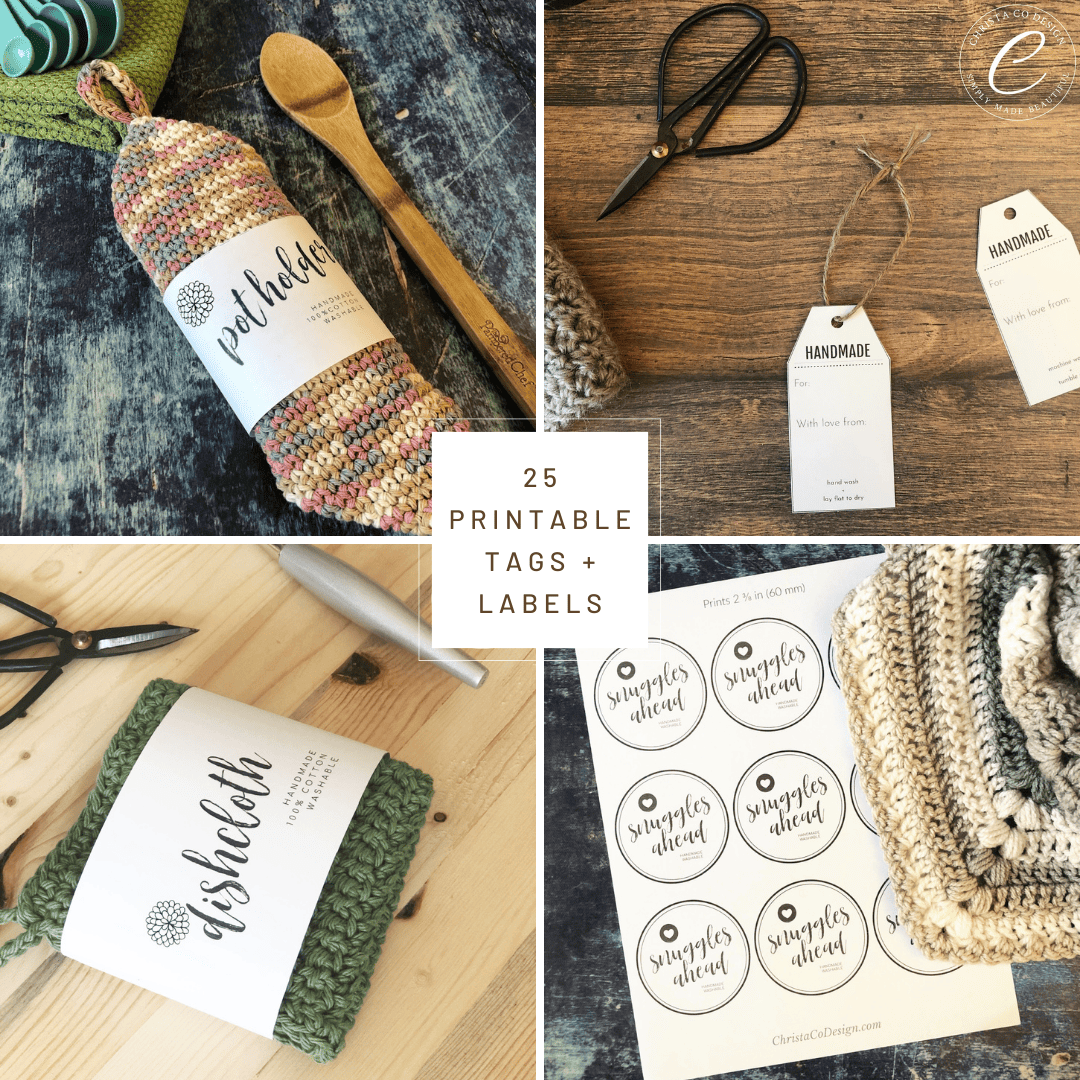
What’s in a label?
The measurement unit is found on your yarn label.
Your yarn label has the valuable information you need to decide if you have enough yarn. These labels include the yarn length in yards and / or meters.
The yarn label often also includes the weight of the yarn in ounces or grams. Here the weight of the yarn is not referring to the thickness (like #4, #5, #6) but the actual weight of the entire ball of yarn.
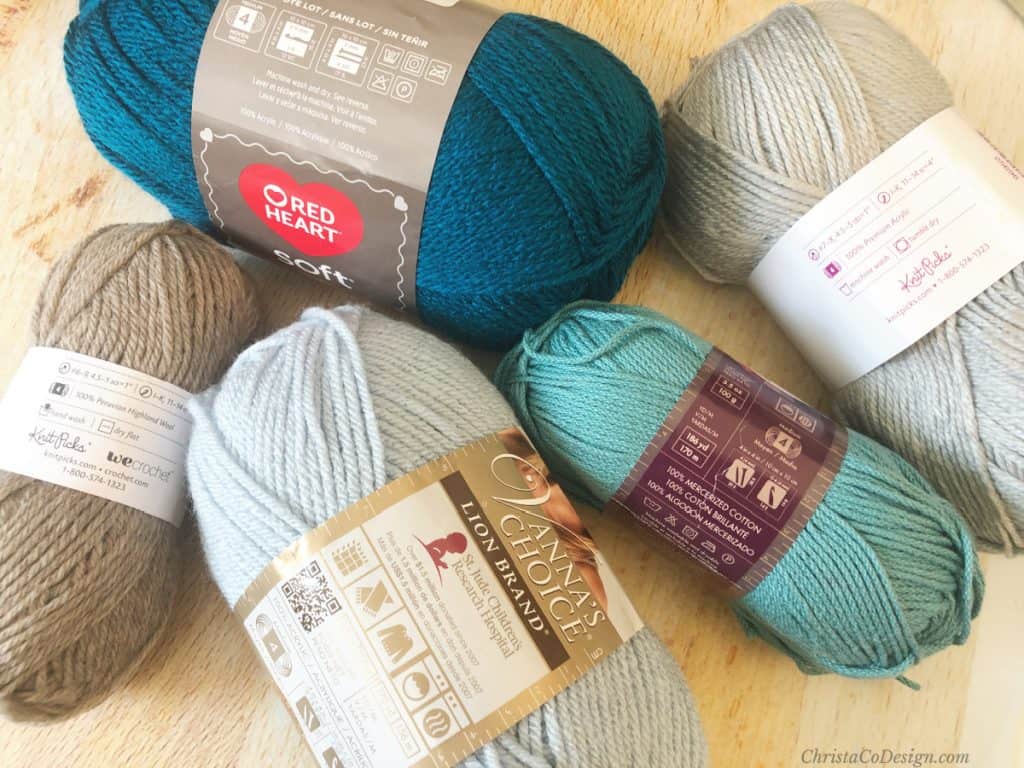
Labels differ by brand
Different brands of yarn will include more or less of this information. For instance, Brava Worsted Weight yarn reads: 218 yards / 100 grams. By comparison, Paintbox Yarns Simply Chunky reads 100g / 3.5 oz, 136m / 149 yd. So some labels will include more or less information.
It’s always important to save your yarn labels so you can refer back to them. Having the original number of yards in your ball of yarn comes in handy for conversions.

Use a kitchen scale to convert from ounces to yards
If you have a kitchen scale, you can weigh your yarn ball and find the total ounces of an unused skein. Then you subtract those remaining ounces from the total ounces of a full ball of yarn.
For example, if I finish a project and I have yarn left in my skein. I weigh this partial skein in my kitchen scale. It weighs 1.2 oz. I know that I have 1.2 oz of a 3.5 oz ball of yarn. So that means I used 3.5 -1.2 = 2.3 oz of the total ball of yarn. Here you need to know the full starting weight of your yarn (remember to keep those labels!).
Total ounces of ball – Ounces left = Ounces Used
If I also know, from my yarn label that my full 3.5 oz ball of yarn = 149 yd of yarn then I can calculate how many yards 2.3 oz is equal to in yards.
First, divide 149 yd by 3.5 oz to get 42.57. We’ll round this up to 43. This tells us that for every ounce of yarn we have 43 yards per ounce.
So to calculate how many yards are in 2.3 oz, we can now multiply 2.3 x 43 = 98.9. Again, rounding up to 99 yds.
How many yards per ounce?
- Total yards of skein / total ounces of skein = number of ounces per yard of yarn
- Number of ounces x number of yards per ounce = number of yards used
Use a kitchen scale to convert from grams to meters
Now the same can be done if you’re measuring yarn in grams and meters.
For this gram to meters example I using a #5 Bulky weight yarn. The label tells me that it is a 100 g ball that has 136 m of yarn.
Once I finish my project, I weigh my remaining yarn in the kitchen scale. This time I set the unit to grams. It says I have 36 grams. So I subtract 36g from 100g to get 64g. Now I know that I used 64 grams of this yarn in my project.
Total grams of ball – Grams left in ball = Grams Used
To convert this measurement into meters, I will divide the total number of meters in my skein by the total number of grams in my skein. So 136m / 100g = 1.36 meters of yarn per 1 gram of yarn.
Now I can use this number to calculate how many meters I used in my project. 64g x 1.36m = 87 m of yarn used.
How many meter per gram?
- Total meters of skein / total grams of skein = number of grams per meter of yarn
- Number of grams x number of meters per gram = number of meters used
These are great ideas for finding out how much yarn you used in a project or for calculating a partial skein of yarn.
Remember this only works if you know the specific yardage or meters of your yarn. Each yarn will be different.
Can you convert grams to yards?
Yarn often comes in 50 gram or 100g yarn balls. In some parts of the world this is how crafters calculate their yarn. But in the US we tend to calculate our yarn by length in yards.
Occasionally I get asked questions like how many yards does 100 grams of yarn equal?
Since grams is a unit of weight and yards is a unit of length, these two don’t directly convert.
You can convert grams to ounces because both are units of weight. Yards convert to meters because they’re both units of length.
How to convert meters to yards
Most of us are fairly used to converting yarn yardage to meters or meters to yards. Just putting in a search for “how many yards in 6 meters” will give you the conversion you need.
1 yard = 0.9144 of a meter
With this information we can do a little math. If we know we have 6 meters then we divide 6 by .9144 to get the number of yards.
6 / 0.9144 = 6.56 yd, so 6 m = 6.56 yd
Number of meters / 0.9144 = Number of yards
How to convert yards to meters
We can also use this information to calculate how many meters when we know the number of yards.
8 yards = ? meters
How many meters does 8 yds equal?
8 x 0.9144 = 7.32 m
8 yd = 7.32 m
Number of yards x 0.9144 = Number of meters
How to convert grams to ounces?
If you know you have a 100 gram ball of yarn, how many ounces of yarn is that?
1 gram = 0.035274 ounce
100 x 0.0353 = 3.53 oz
So 100 g = 3.53 oz and you will see these numbers rounded on your yarn label.
Number of grams x 0.0353 = Number of ounces
How to convert ounces to grams?
If we know we have a 6 oz ball of yarn we can convert it to grams. We reverse the equation.
6 / 0.0353 = 170 g
So 6 oz = 170 g
Number of ounces / 0.0353 = Number of grams
But what about converting 100 grams into yards?
We can’t convert it for a couple of reasons. The first one is that the units of measure are not equal. Like I stated above, one is a unit of weight and the other length.
The other reason grams don’t directly convert to yards is that yarn comes in various thicknesses. If this wasn’t confusing enough already, whether you have thick or thin yarn matters.
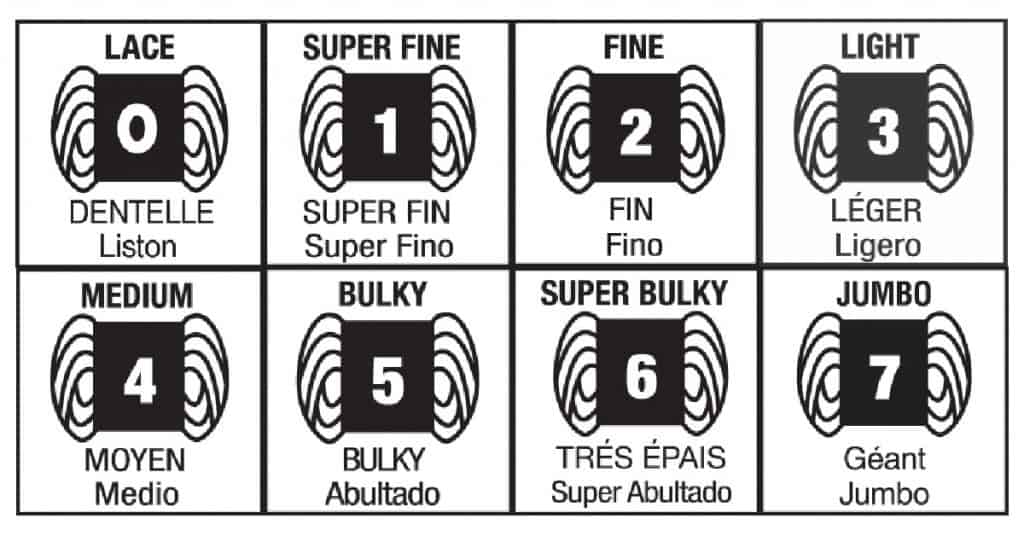
Yarn Weight Categories
Yarn has two weights. One is the weight of a full skein of yarn, as we discussed above. The other is a weight category that refers to the thickness of the yarn strand.
This yarn weight is labeled as a number category. Medium worsted weight yarn is a category #4 yarn. Super bulky yarn is a category #6 yarn and is a thicker yarn. #3 Dk or lightweight yarn is a thinner yarn than these two.
And 100 yards of fingering weight yarn will differ from chunky yarns.
Consider that a thick yarn will weigh more (in oz or g) than a thinner piece when the lengths are the same. For this reason a #4 medium yarn ball of 50 grams will have a different yardage than a #3 lightweight yarn ball of 50 grams.
For instance, a 50g ball of Paintbox Cotton DK yarn (a #3 yarn) has 137 yards of yarn. While a 50g ball of Wool of the Andes (a #4 yarn) has only 110 yds.
In this example the amount of yarn is equal in grams, but the thicker yarn (#4) has fewer yards.
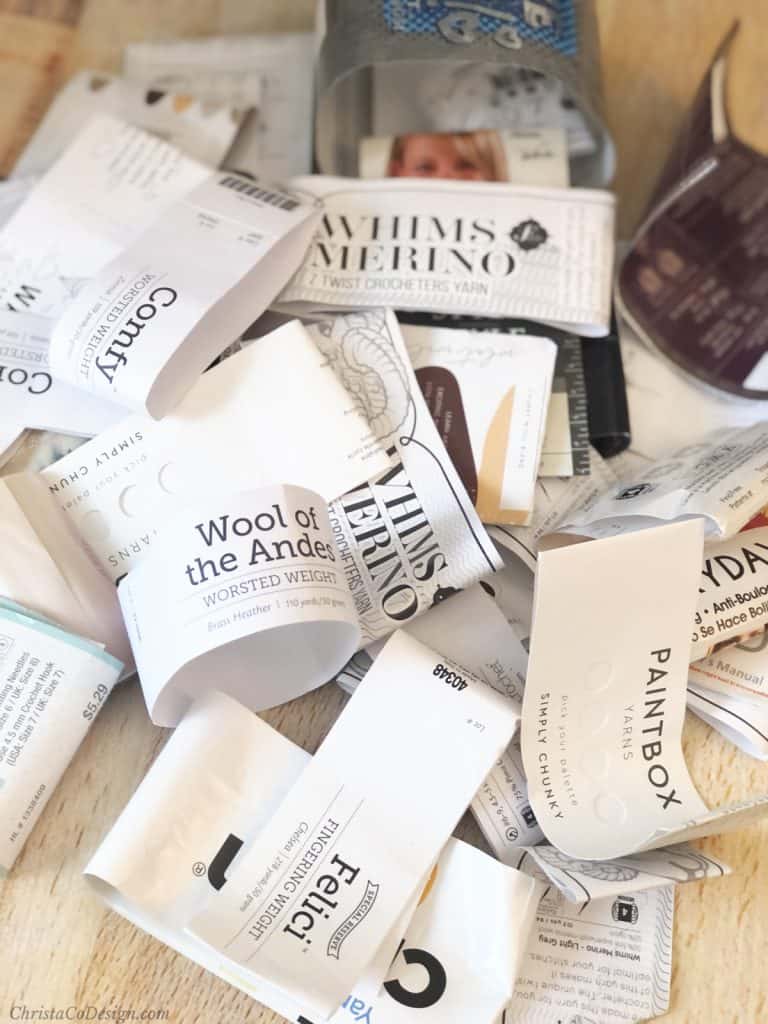
Yarn is made of different fibers
Another reason for the different yardage is the yarn fiber. Yarns are made from a variety of fibers that all have different properties, including weight.
For the example above, the Paintbox Yarn is made of cotton fiber. The Wool of the Andes Yarn is made from super wash wool.
So while converting between length or weight measurements is simple math, converting from grams to yards requires a lot more information that you will get from your yarn label.

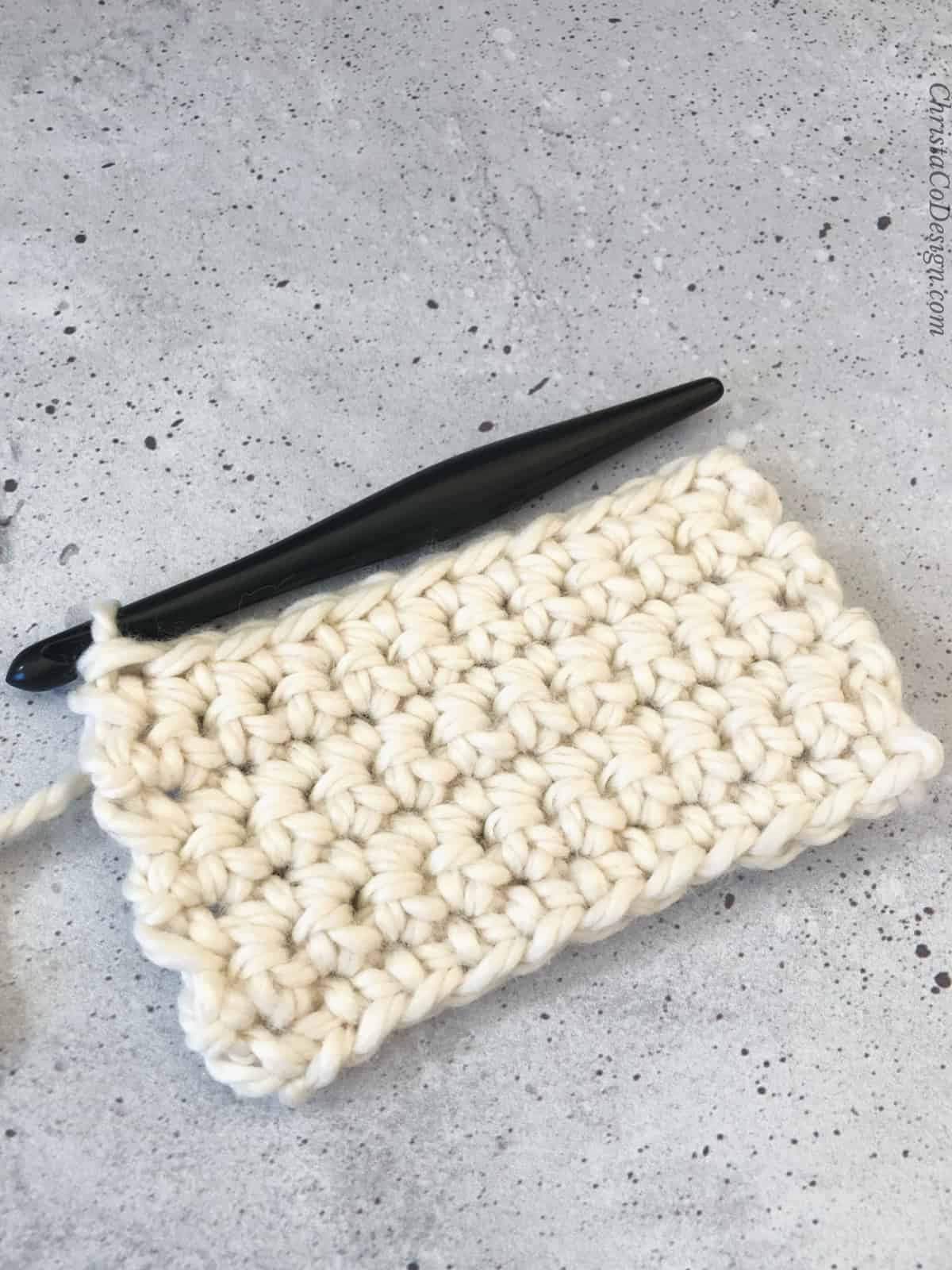

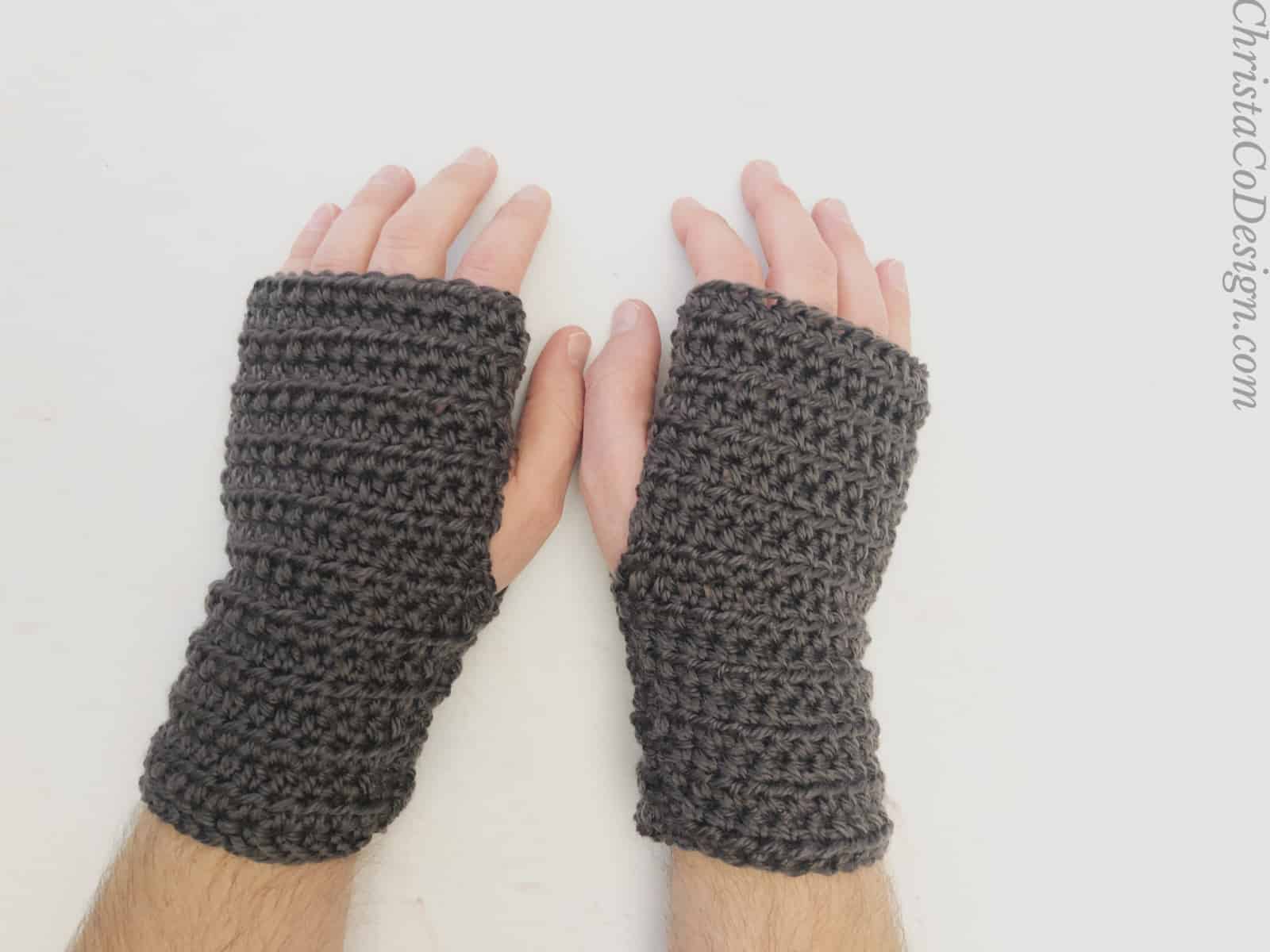
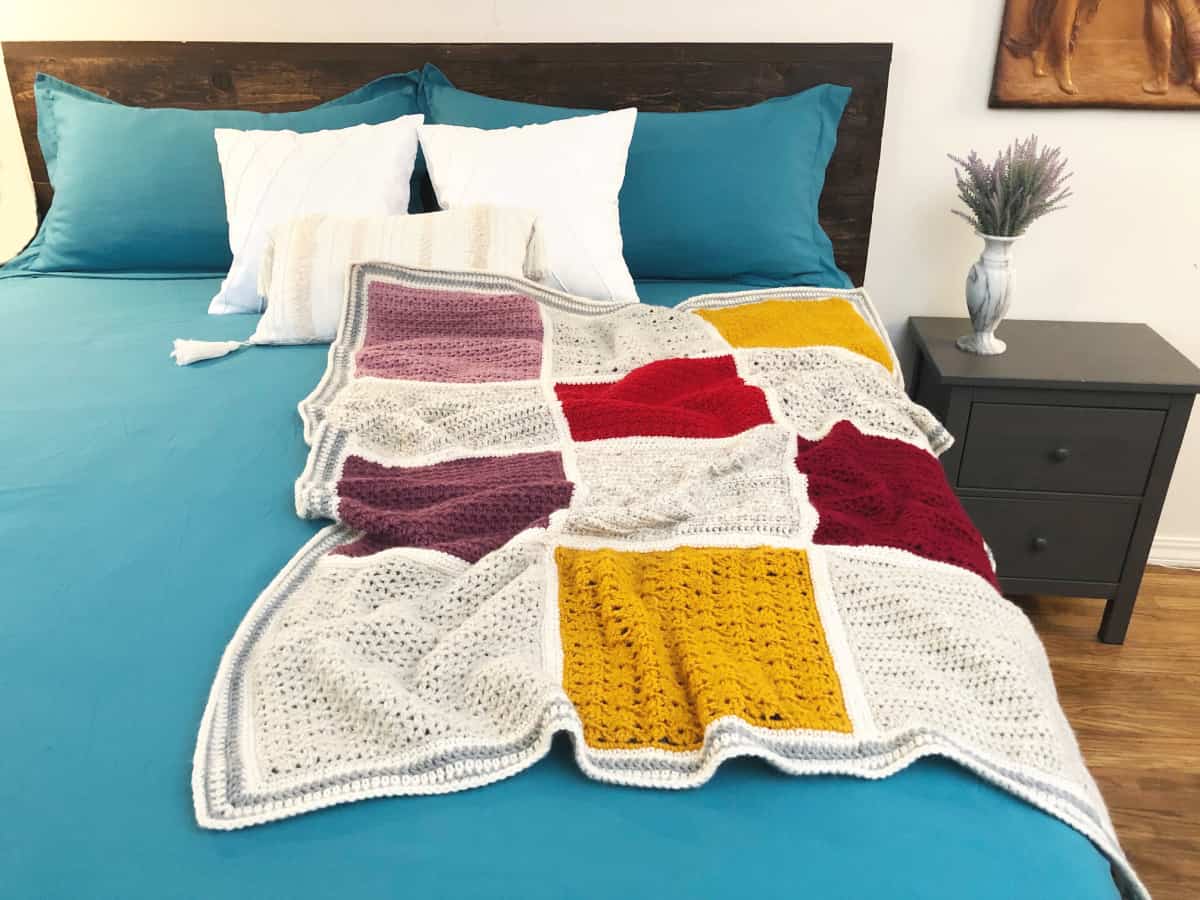
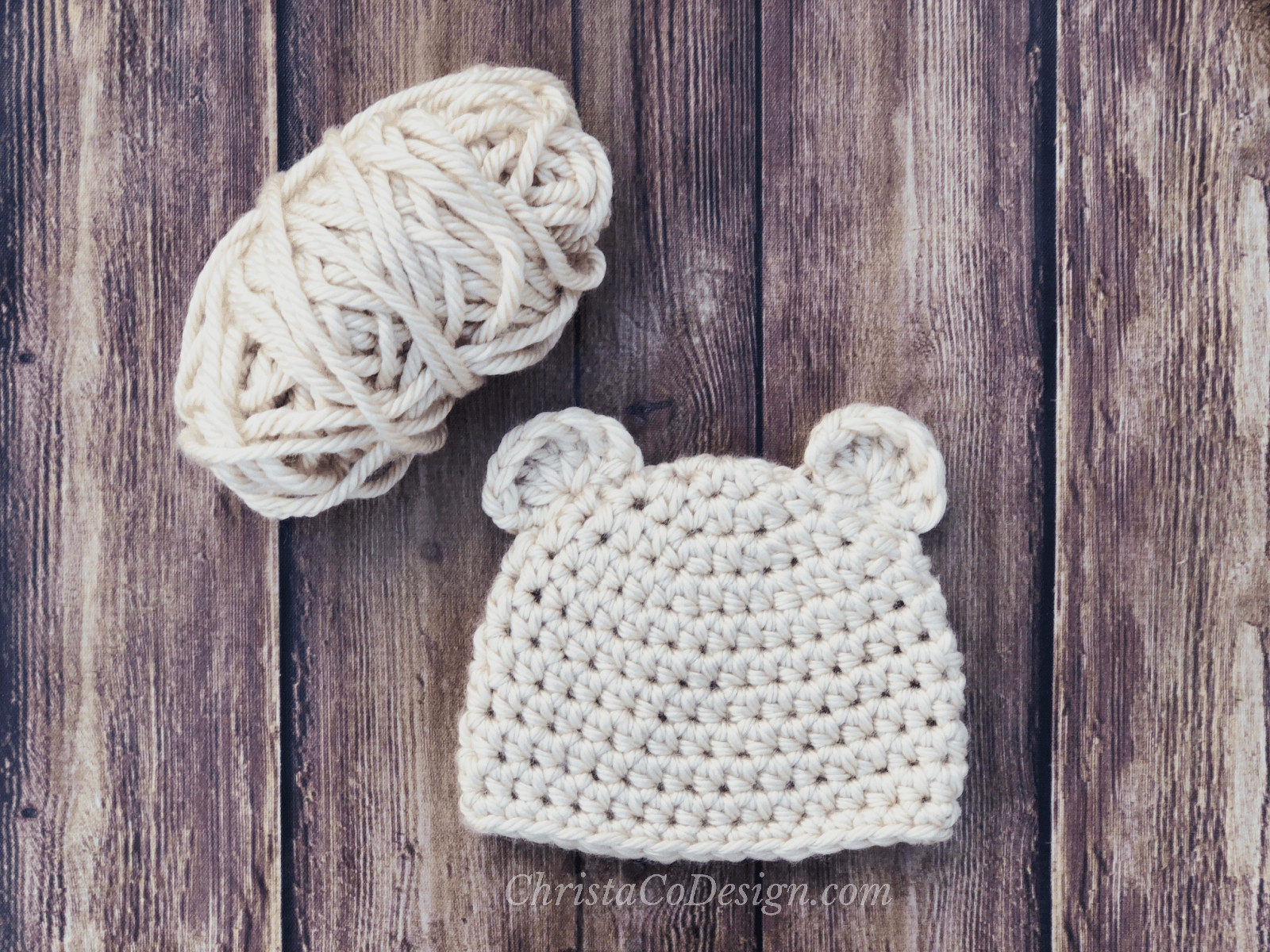

Just noticed a formula error (looking for something else, but this caught my eye):
Ounces left – Total ounces of ball = Ounces Used <– reverse the values on left side of equation and you'll have a working equation.
Thank you for catching that and letting me know. I’ve updated it!